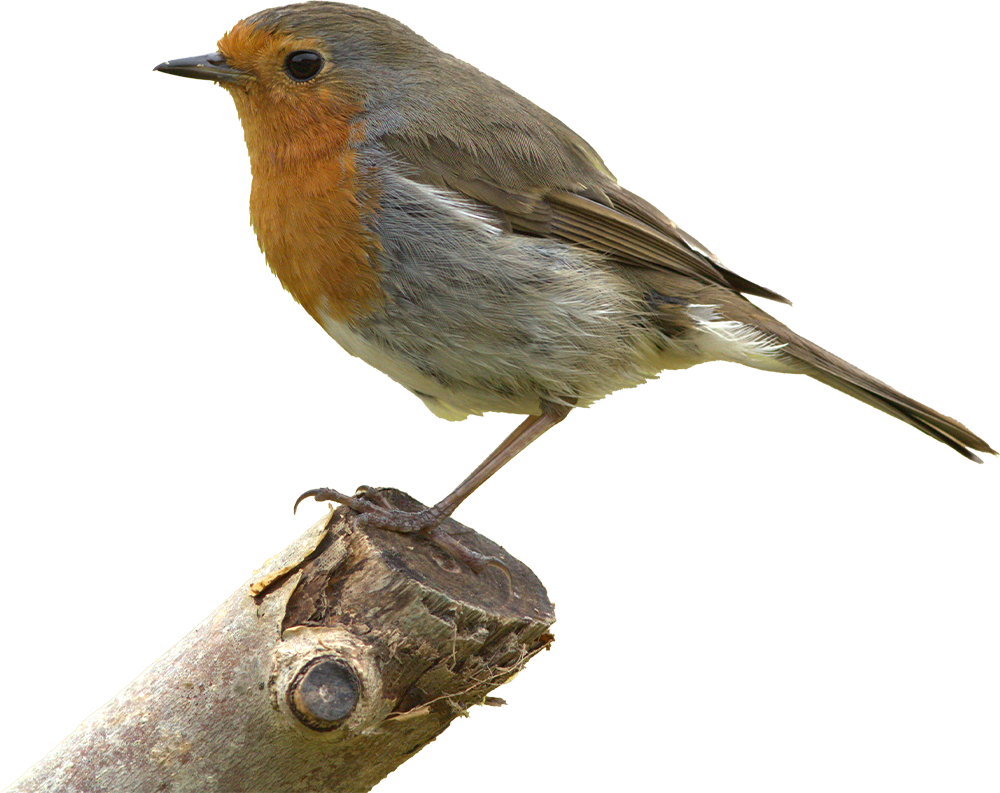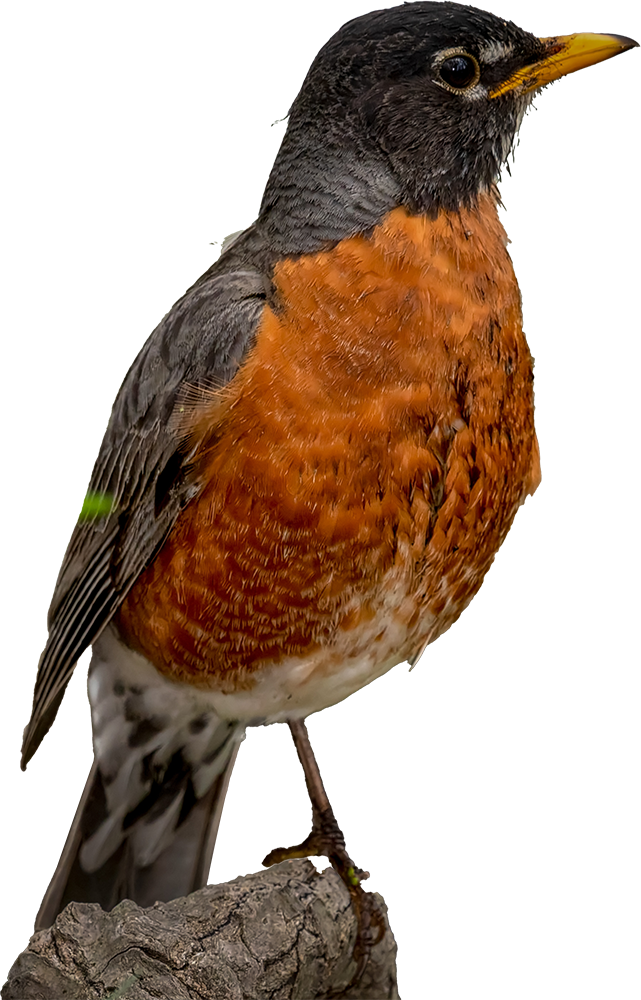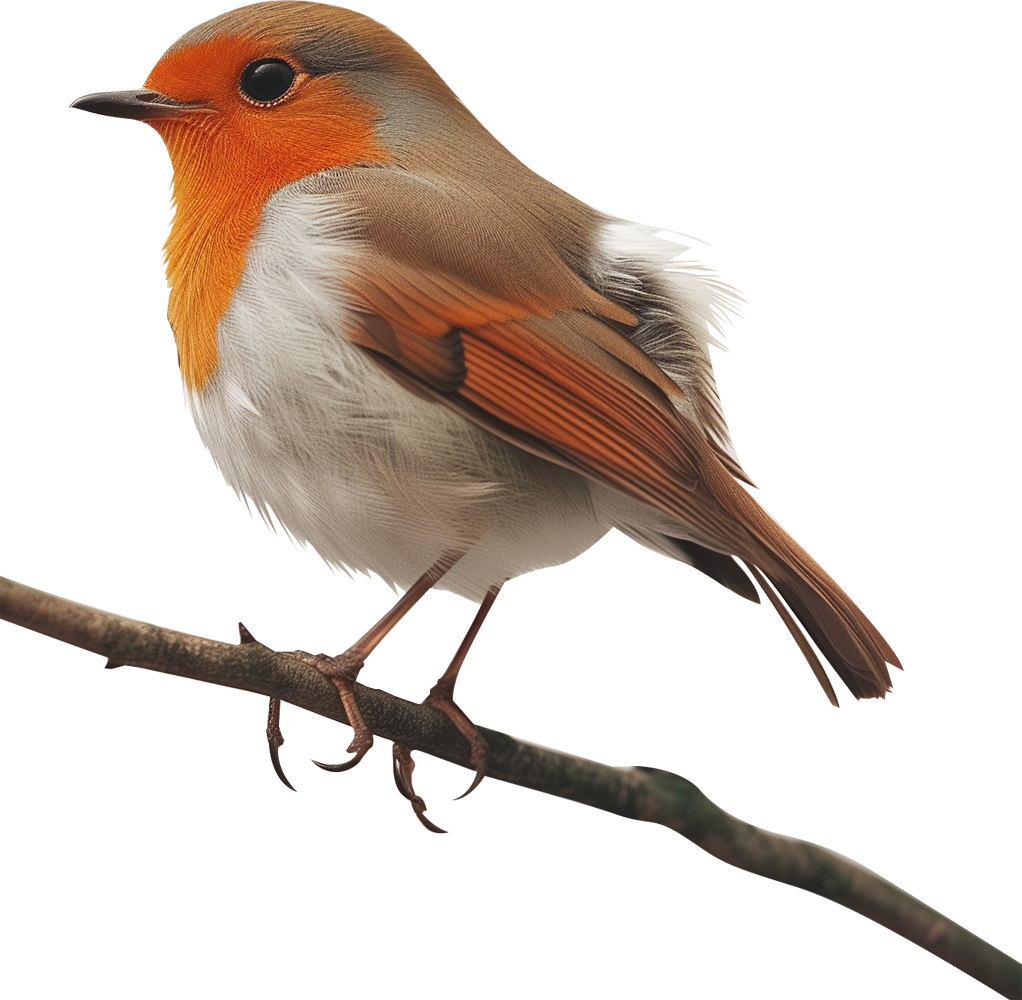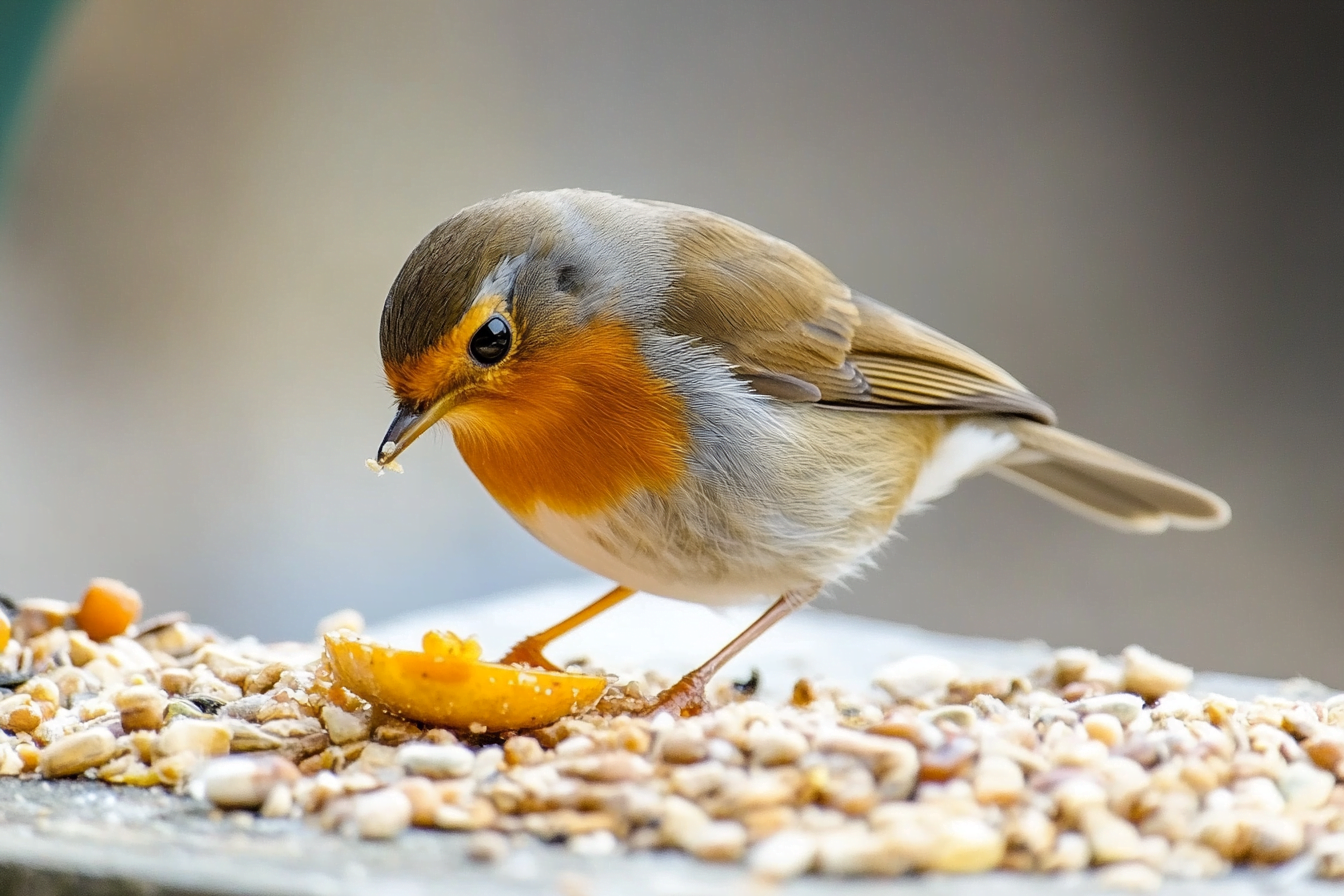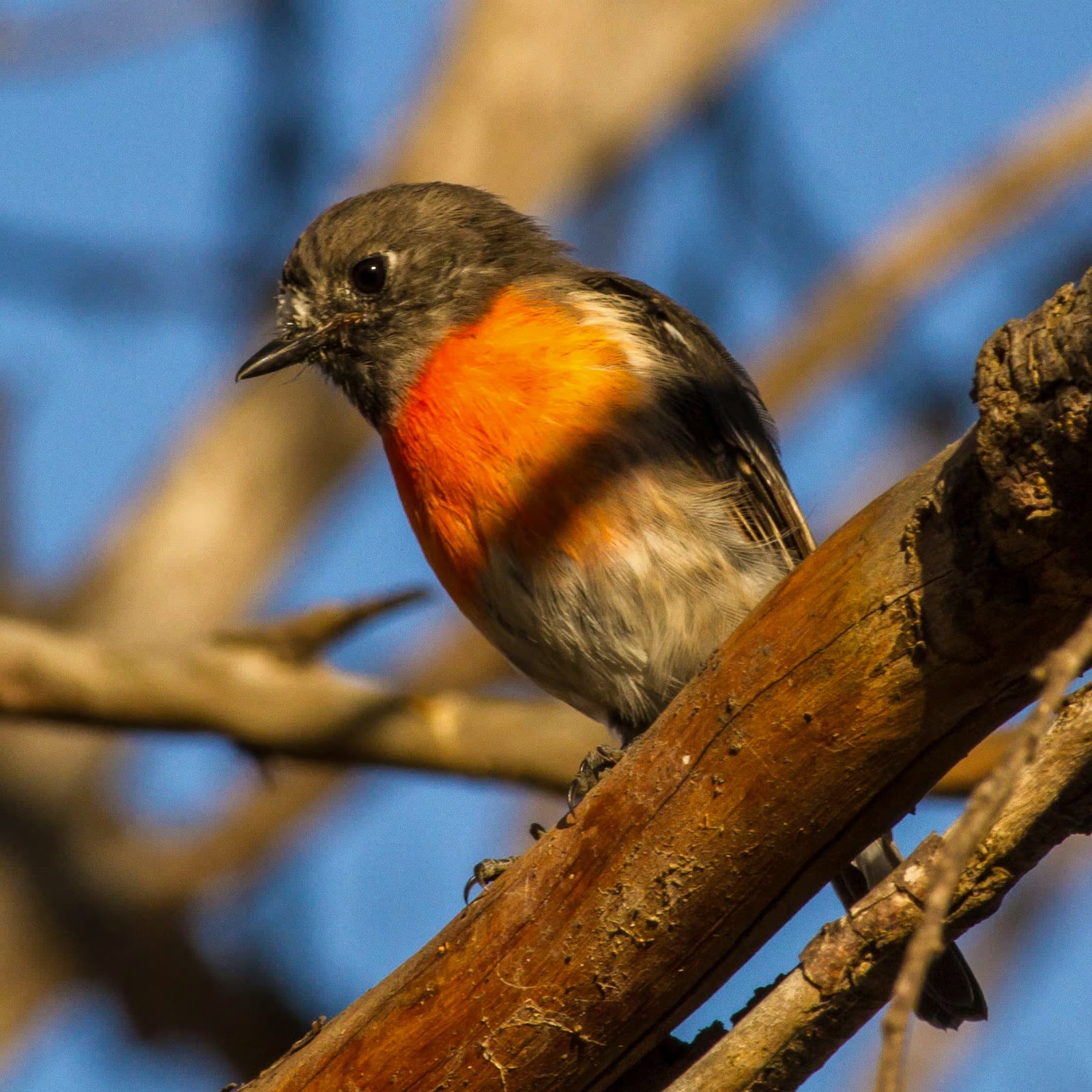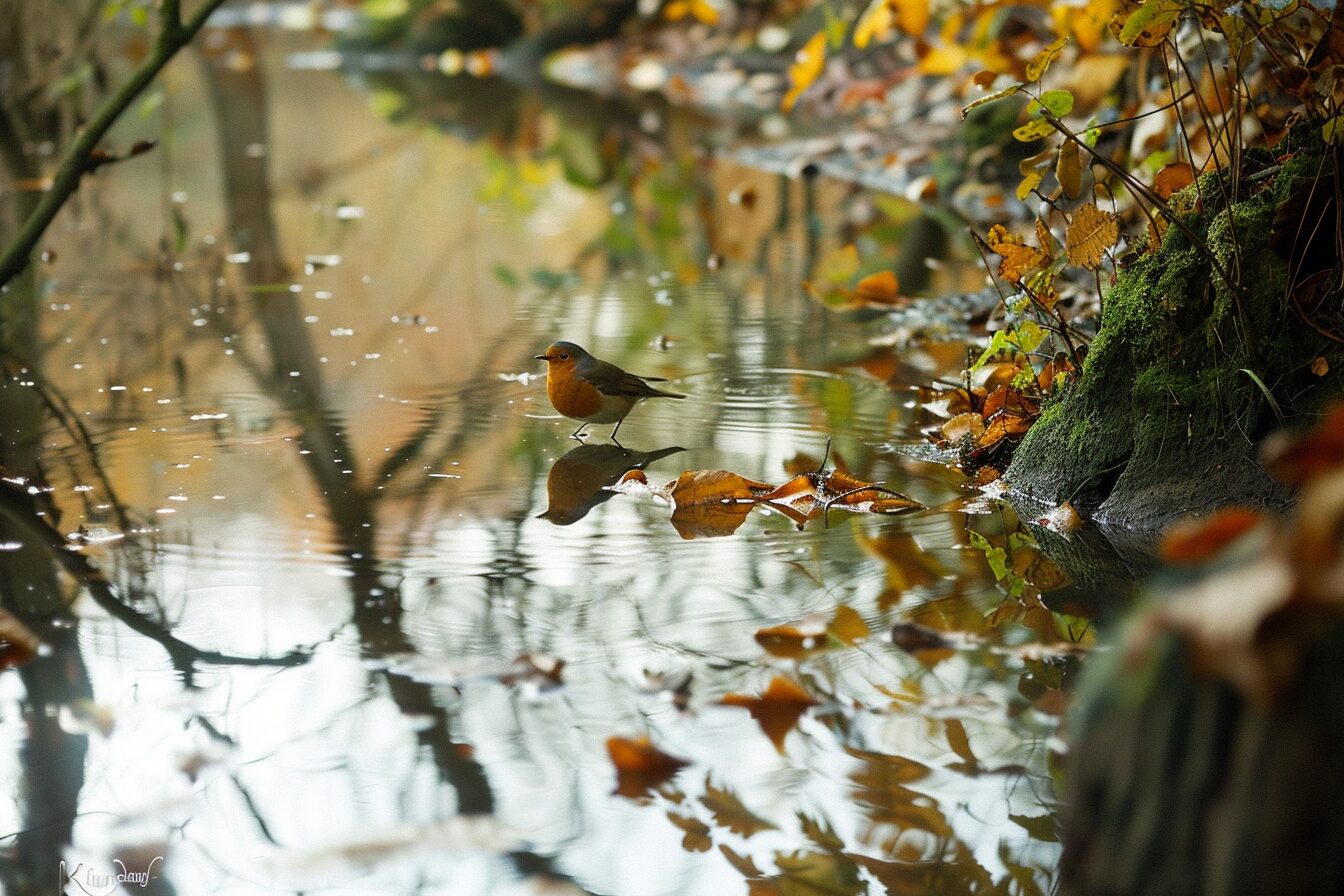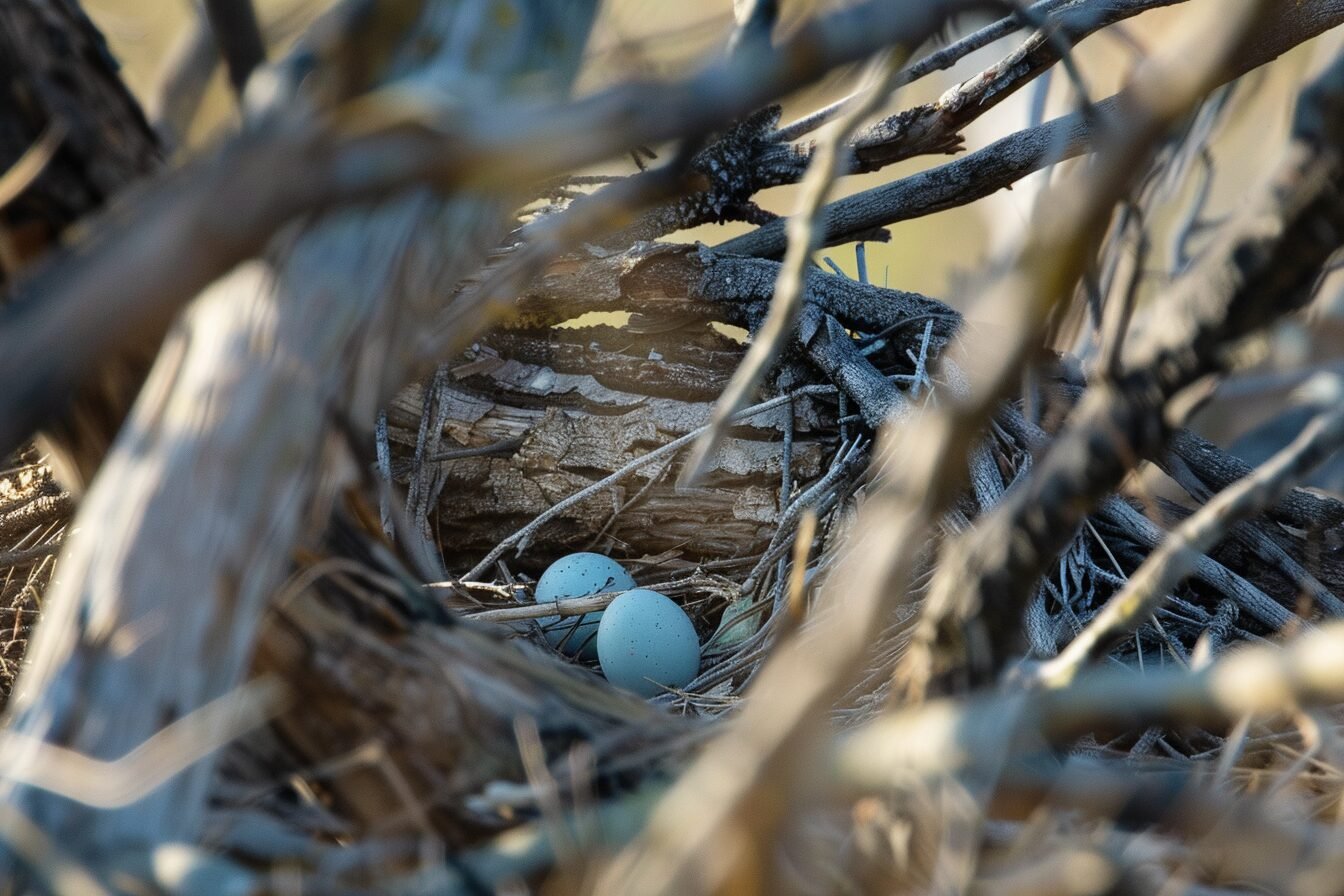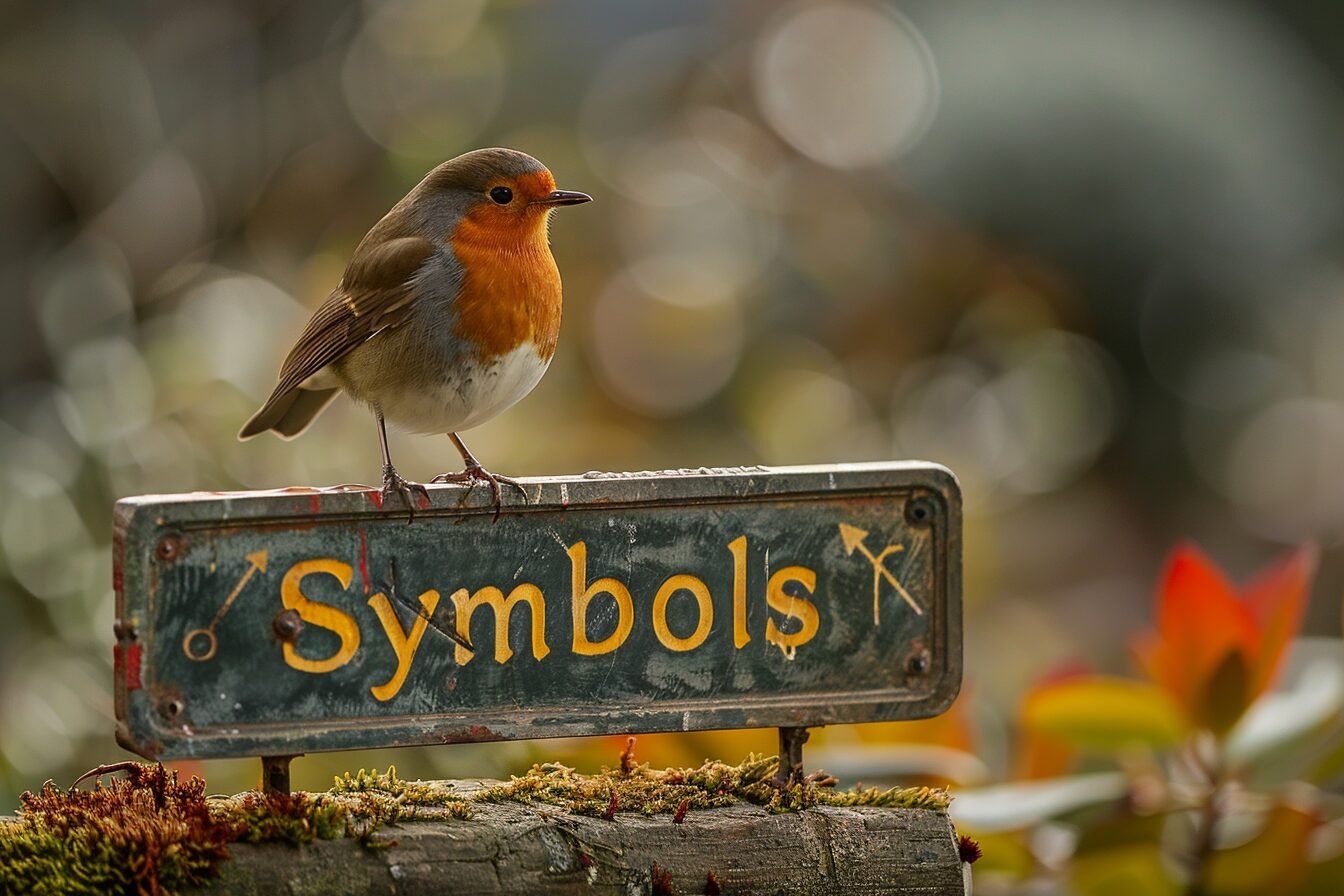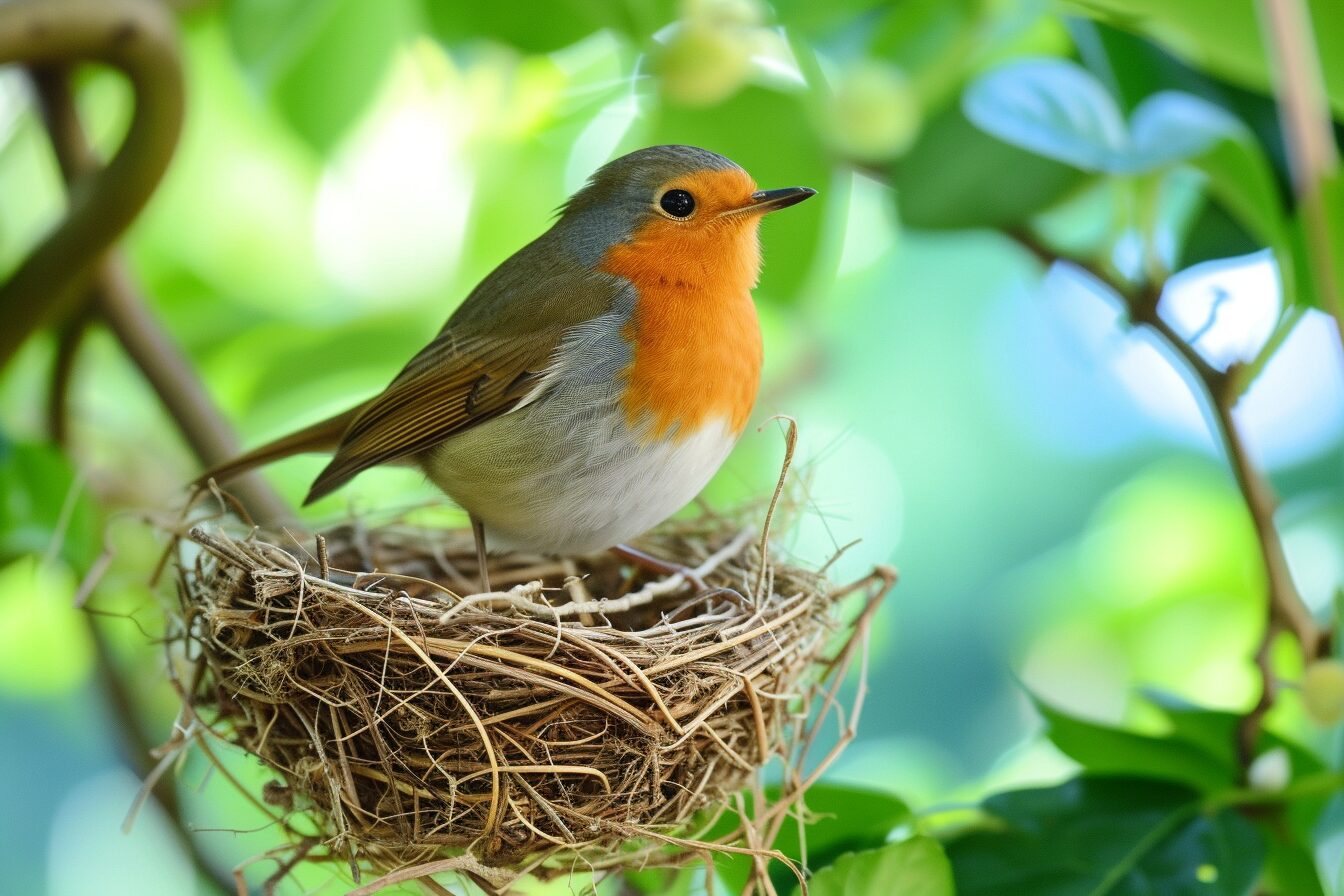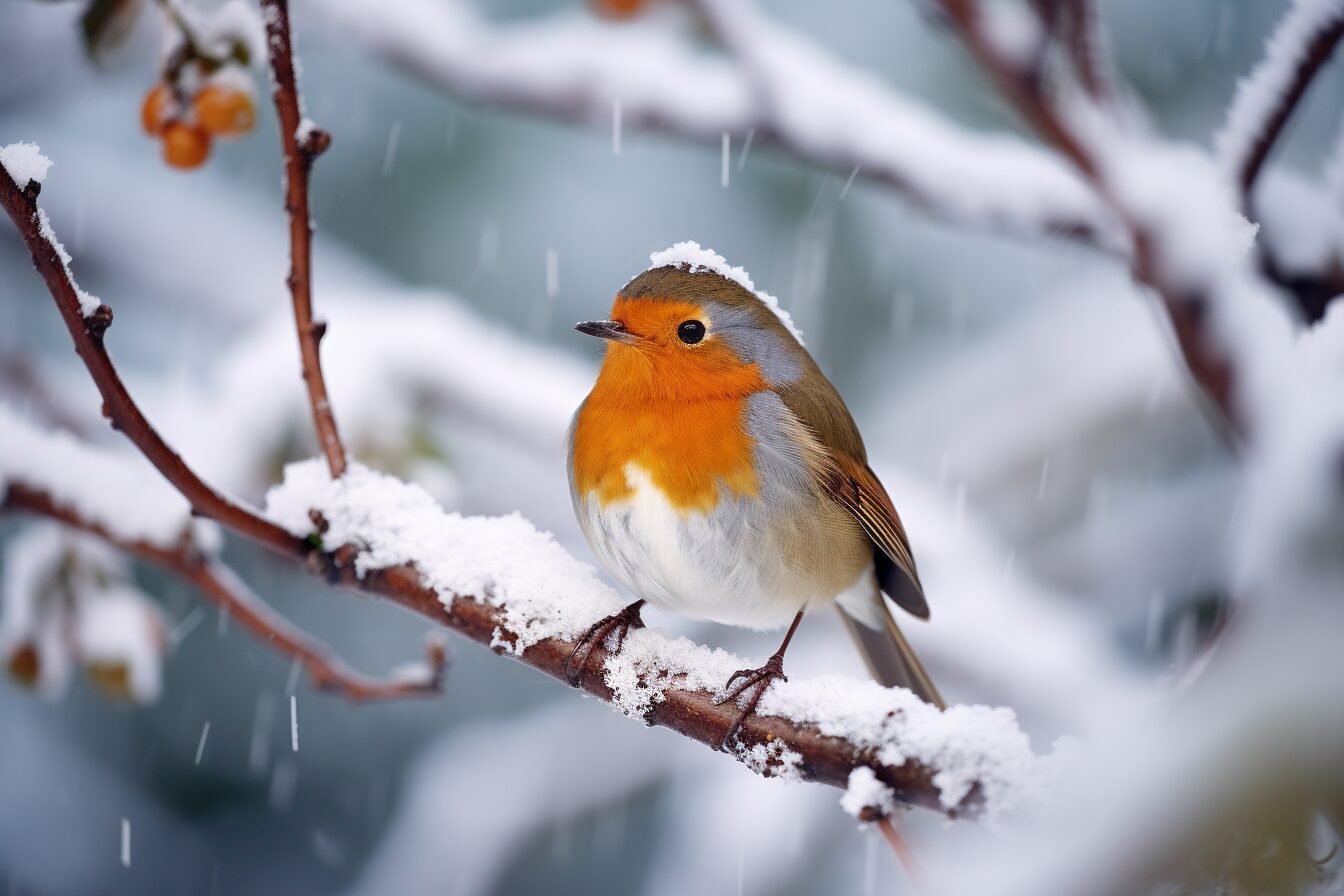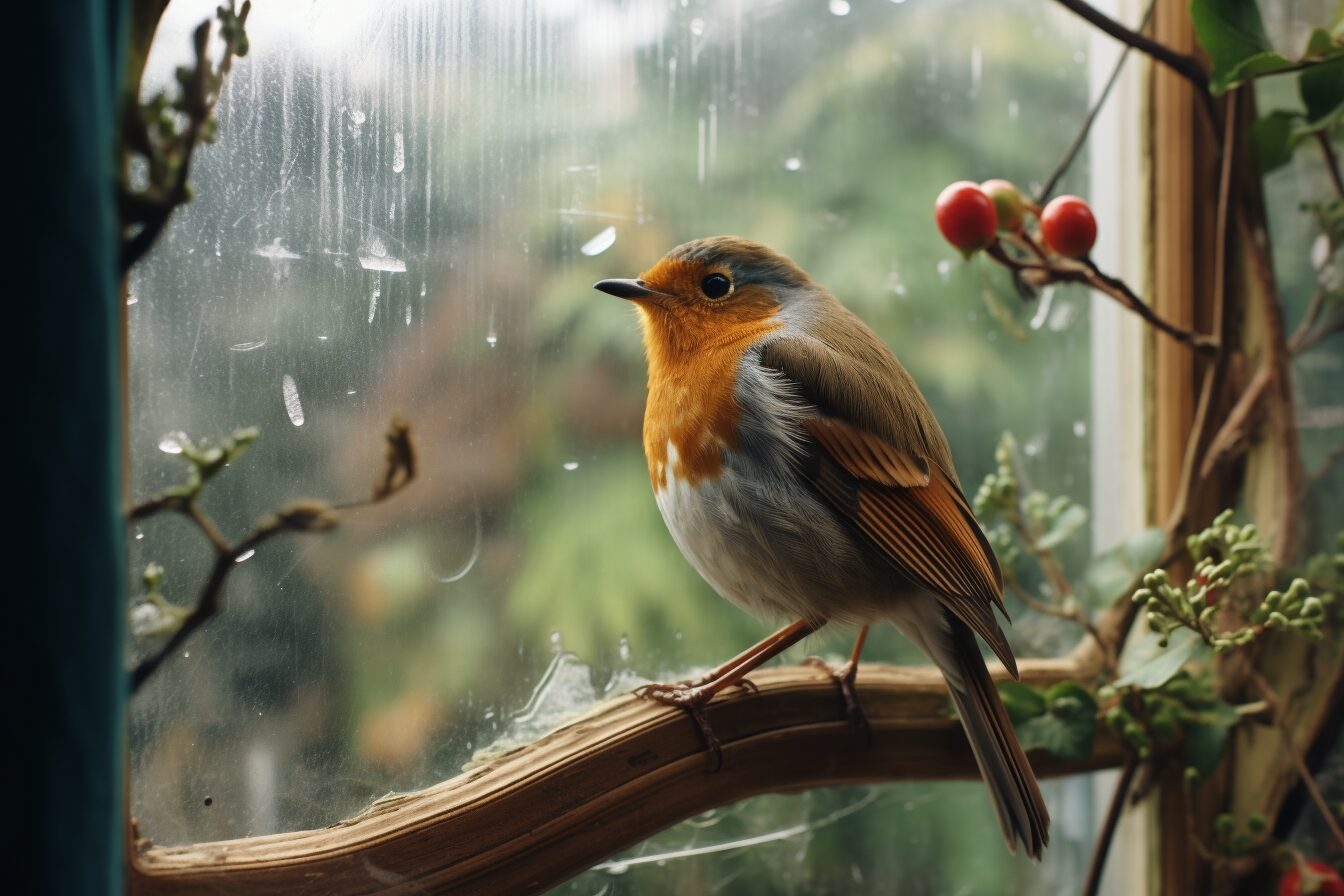
What is Robintales.com?
Robintales.com is a comprehensive resource dedicated to providing detailed information about robins. The site explores various aspects of robin species, including their behavior, diet, habitat, and interactions with humans and other species.
What kind of information can I find on Robintales.com?
Visitors can find a wealth of information on robins, ranging from their nesting habits, dietary preferences, and migration patterns to their role in folklore and mythology. The site also offers guides on how to attract and protect these birds and insights into their unique behaviors and survival strategies in different weather conditions.
Do you provide information about different species of robins?
Yes, the website offers detailed profiles of various robin species, such as the American Robin, European Robin, Japanese Robin, and others. Each profile includes information about the bird’s habitat, diet, physical characteristics, and behavior.
Can I learn about the feeding habits of robins on your site?
Absolutely. Robintales.com delves into the feeding habits of robins, discussing how their diet changes with the seasons and what foods are most attractive to them, such as worms, berries, seeds, and nectar.
Are there any guides on the lifecycle of a robin?
Yes, the site features an enlightening guide on the lifecycle of robins, covering stages from egg to adult. This includes details on nesting, egg incubation, and the growth of fledglings.
Can I keep a robin as a pet?
The website addresses the legal and ethical considerations of keeping robins as pets, explaining the regulations and why wild birds like robins are generally not suitable for domestication.








